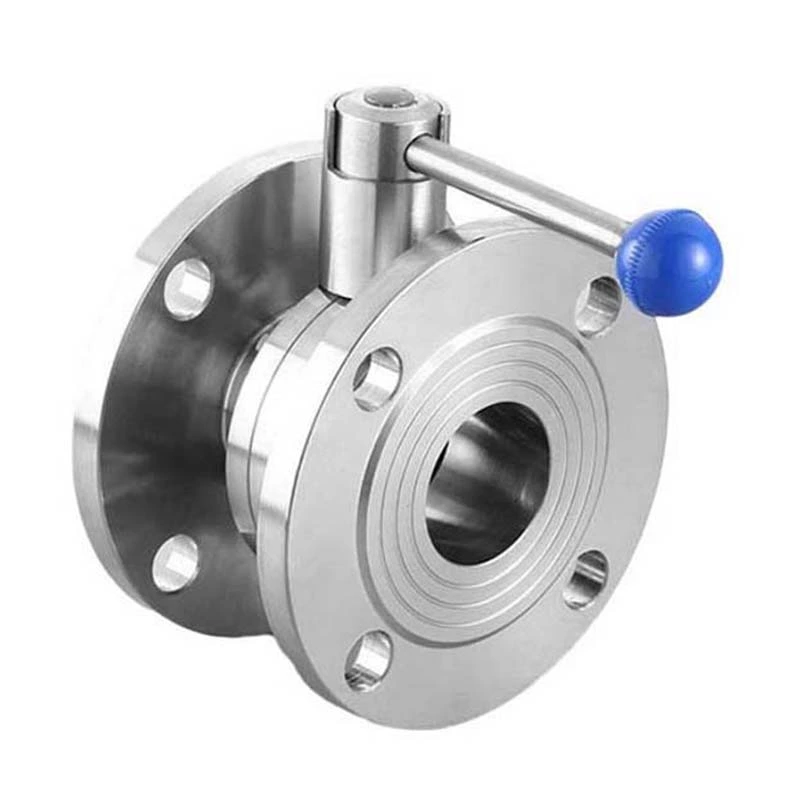Analysis Of The Anti-erosion Performance Of Sanitary Butterfly Valves
Analysis of the anti-corrosion performance of Sanitary Butterfly Valve
Most of the materials of sanitary butterfly valves are made of stainless steel, because this type of material has the performance of anti-oxidation, and also has the ability to resist corrosion in media containing acid, alkali, and salt. In addition, the degree of corrosion resistance varies with the different stainless steel materials themselves and the different environments. For example, 304 stainless steel butterfly valves have excellent rust and corrosion resistance in dry and clean atmospheres, but they will soon rust in sea fog containing a lot of salt in coastal areas. 316 stainless steel butterfly valves perform well.
Sanitary butterfly valves rely on the formation of a thin, solid, fine and stable chromium-rich oxide film (protective film) on the surface to prevent the continued infiltration and oxidation of oxygen atoms, and obtain the ability to resist rust. Once this film is continuously damaged for some reason, oxygen atoms in the air or liquid will continue to infiltrate or iron atoms in the metal will continue to separate to form loose iron oxide, and the sanitary butterfly valve will continue to rust.
The chromium content of stainless steel welding is generally not less than 12%, and can be as high as 18%. After adding chromium and other elements to stainless steel, the properties of the steel can be changed. A dense oxide protective film can be formed on the surface of the steel, which greatly improves the corrosion resistance of the sanitary butterfly valve.
